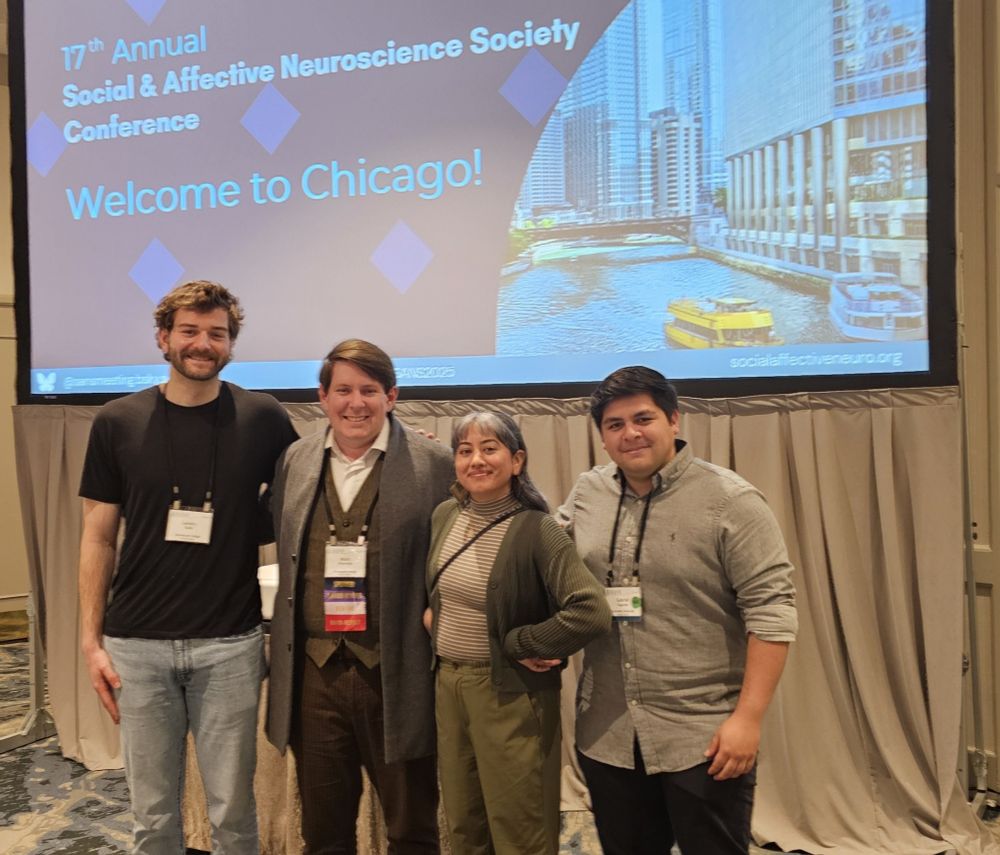Landry Bulls
@landrybulls.bsky.social
410 followers
380 following
19 posts
I study the signals people use to make sense of each other during social interactions
landrybulls.github.io
Posts
Media
Videos
Starter Packs
Reposted by Landry Bulls
Reposted by Landry Bulls
Reposted by Landry Bulls
Reposted by Landry Bulls
Reposted by Landry Bulls
Reposted by Landry Bulls
Reposted by Landry Bulls
Reposted by Landry Bulls
Reposted by Landry Bulls
Emily Finn
@esfinn.bsky.social
· May 5
Reposted by Landry Bulls
Nicole Rust
@nicolecrust.bsky.social
· Apr 25

The representation of mood in primate anterior insular cortex
Understanding how the brain reflects and shapes mood requires resolving the disconnect between behavioral measures of mood that can only be made in humans (typically based on subjective reports of hap...
www.biorxiv.org
Reposted by Landry Bulls
Landry Bulls
@landrybulls.bsky.social
· Apr 25
Gabriel Fajardo
@gabefajardo.bsky.social
· Apr 15
Reposted by Landry Bulls
Gabriel Fajardo
@gabefajardo.bsky.social
· Apr 15
Reposted by Landry Bulls
Reposted by Landry Bulls

























